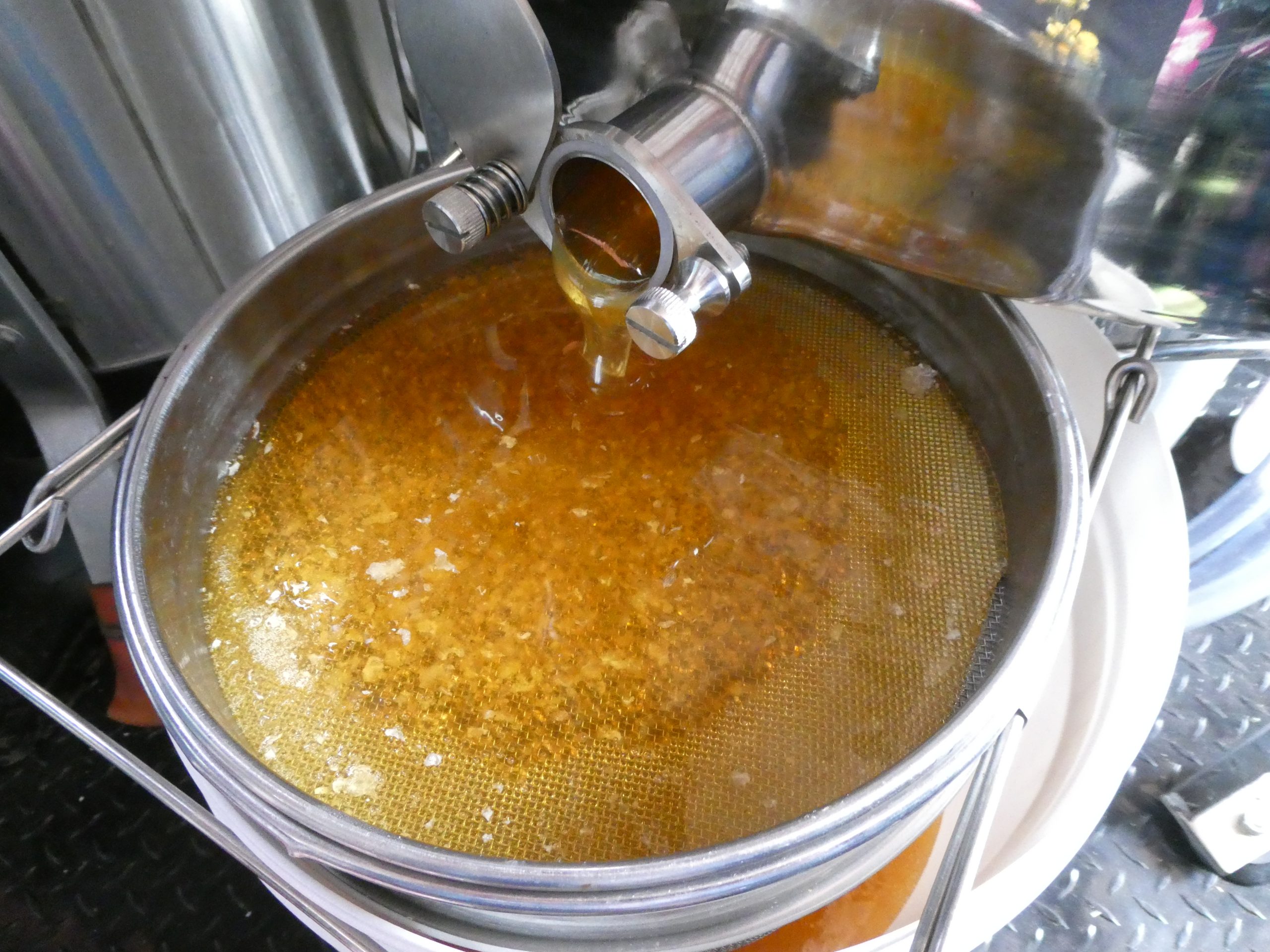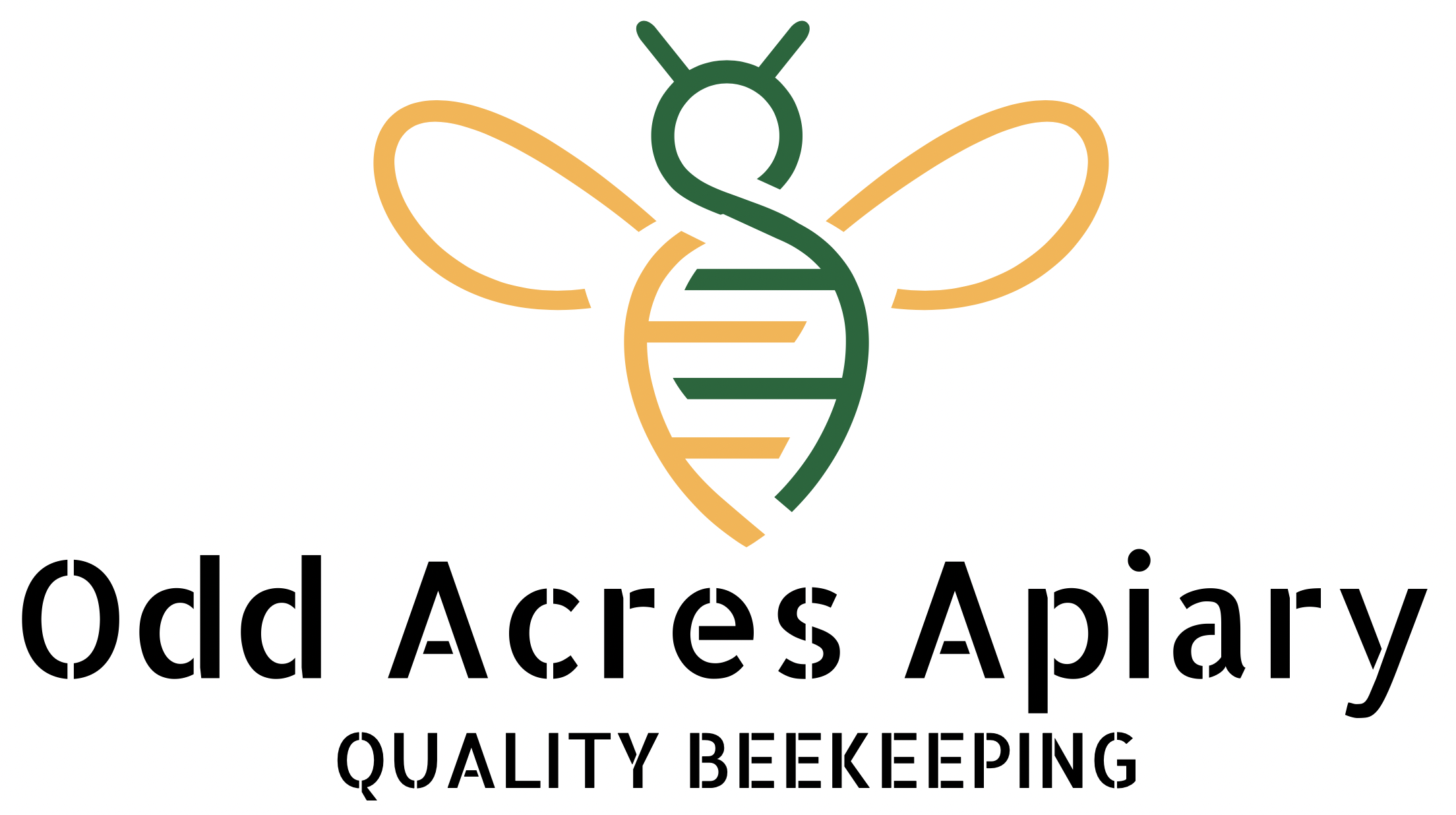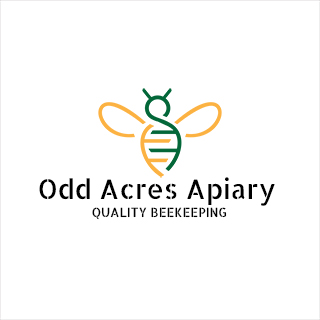
The Buzz on Honey Quality
There has been chatter in the press lately on the importance of honey quality and what is in honey these days. It is only natural the discerning consumer will ask a manufacturer about the ingredients in their honey products, question how natural the honey is, or perhaps the consumer will take the time to read the ingredient table to understand what they are eating.
The pressures on the humble bee and commercial beekeeping practices to produce more honey are growing. More honey is sold in the world today than the capacity available to produce honey. In reality, we probably can’t produce much more honey. The environment is degrading, and humans are placing greater demands on the ecosystem to support expensive and unsustainable lifestyles. So many people want too much and all the while expecting the humble bee to keep producing quality outputs in a burgeoning environment.
Yes, bees are adaptable, as with most animals – yet humans appear not so versatile in the sense of bare necessities or a simple life, and more adaptable on the must-have more, must have it now and must have the best to be better.
It is hard to comprehend these days, with honey being such a commodity item on the supermarket shelf, that in the old days, honey was a delicacy. In many homes, honey was not present as it was too expensive to buy. To circumvent the difficulty of expensive honey, households may have had a beehive in their backyard, or the family had honey supplied by the friendly neighbour’s hive down the road.
So, where does honey quality come into play?
Environmental changes are impacting commercial beekeepers around the globe. As demand for honey and capitalisation increases, some miscreants add sugar syrup to their honey to maintain their supply quota to the manufacturers, supply chains and the ever-demanding consumer. The practice of additives to honey means some products on the store shelves are less honey and more sugar substitutes. Which makes one wonder about the on-flow effect of sugar demand elsewhere – robbing Peter to pay Paul?
Raw honey versus pure honey – what is the difference?
Raw honey from the hive contains bee pollen, beeswax, and parts of dead bees. Raw honey is extracted and filtered and then straight into a container. Raw honey, when bottled, tends to be thicker in consistency, moves slowly in the bottle when tilted to the side and can have a cloudy look to the product. Raw honey is richer in nutrients and vitamins than white sugar and contains vitamins and minerals, including vitamin B, vitamin C, potassium, zinc, calcium, electrolytes, enzymes, amino acids and flavonoids.
Pure honey has been pasteurised (heated) and super-filtered to remove particles and improve clarity. Pure honey is processed more, which explains why it is more runny than raw honey. Through the various heating processes to obtain pure honey, the goodness in the honey is lessened, and, in some extreme cases – hopefully not in Australia – the honey might be adulterated. Some honey products can be runny, like gelatine in water with a yellow-golden colour or be ‘loose’ in consistency when the bottle is tilted to the side.
The Odd Acres Apiary Quality
At Odd Acres Apiary, we are predominantly queen bee breeders and have limited seasonal honey to sell. Our honey supply is lean as we only harvest from the strong hives to ensure our bees are not stressed to perform for humanity.
The honey our bees produce is chemical-free and raw. We have filtered the honey from the wax once (as seen in our photograph above) so you, the consumer, can eat the goodness that nature intended. We have no additives in our honey because it tastes great as it is. We certainly are not interested in thinning our honey out to make more volume, as our limited seasonal honey is our treat to you outside of our mainstream queen bee breeding. When you buy our honey, you buy the best our regional bees can offer.
Quality, to Odd Acres Apiary, is a well-planned marathon, not a super sprint race to the bottom line.
![]()
Further reading on honey provenance can be found in our 12 April 2023 blog The Buzz on Honey Provenance.

